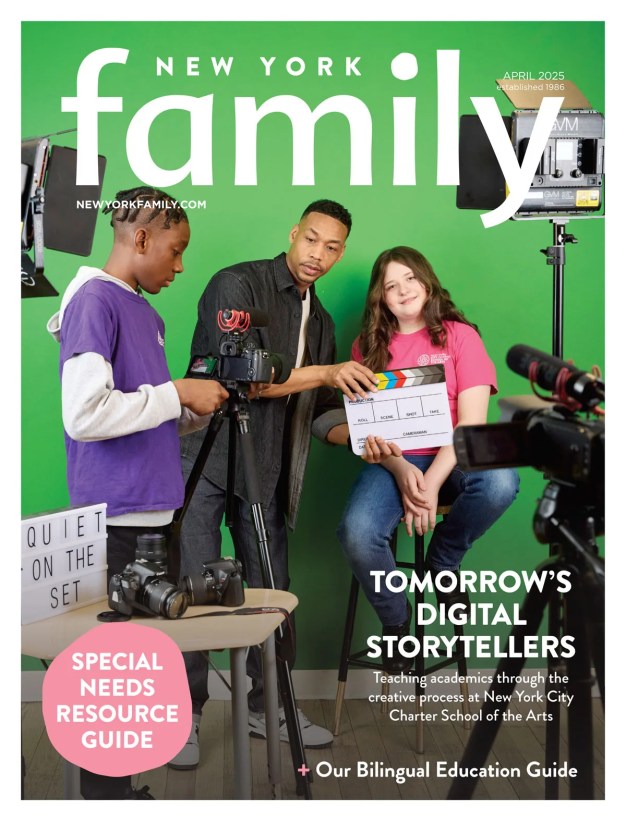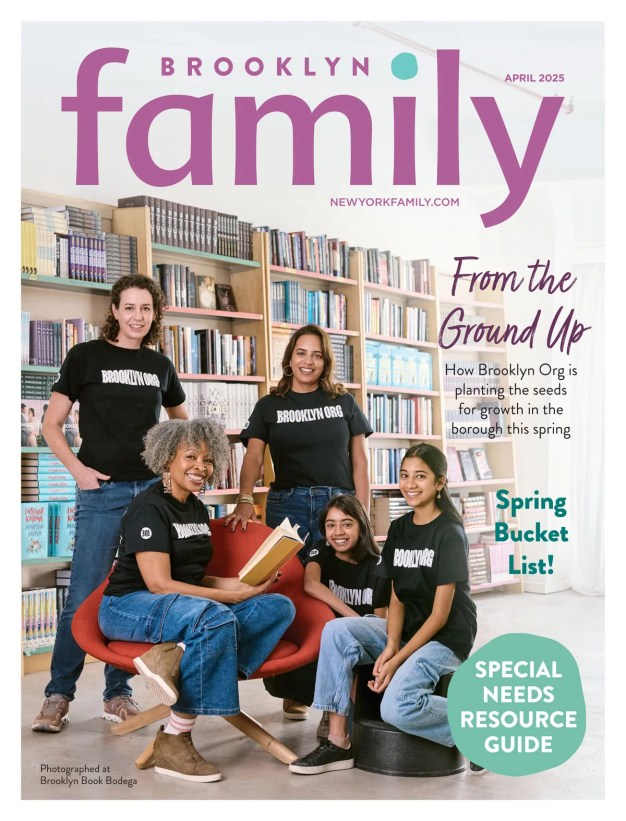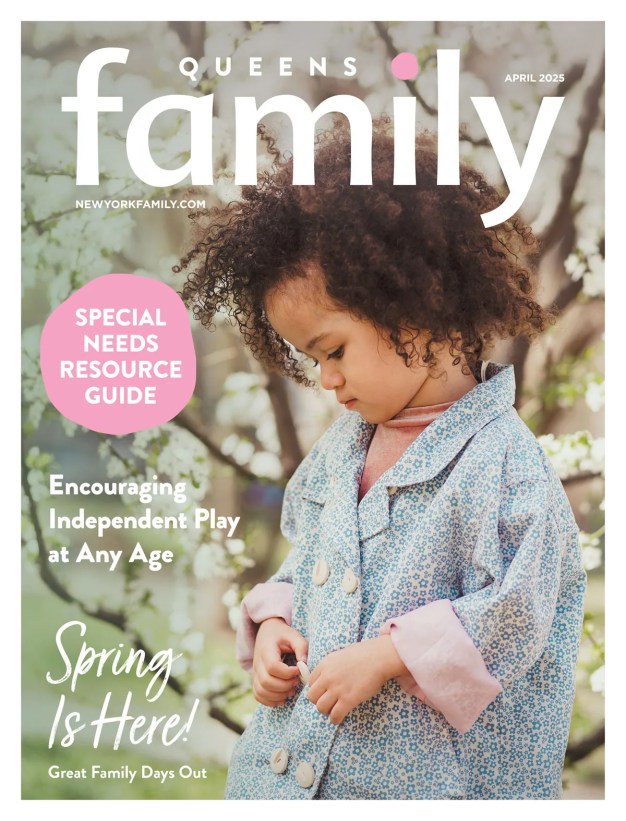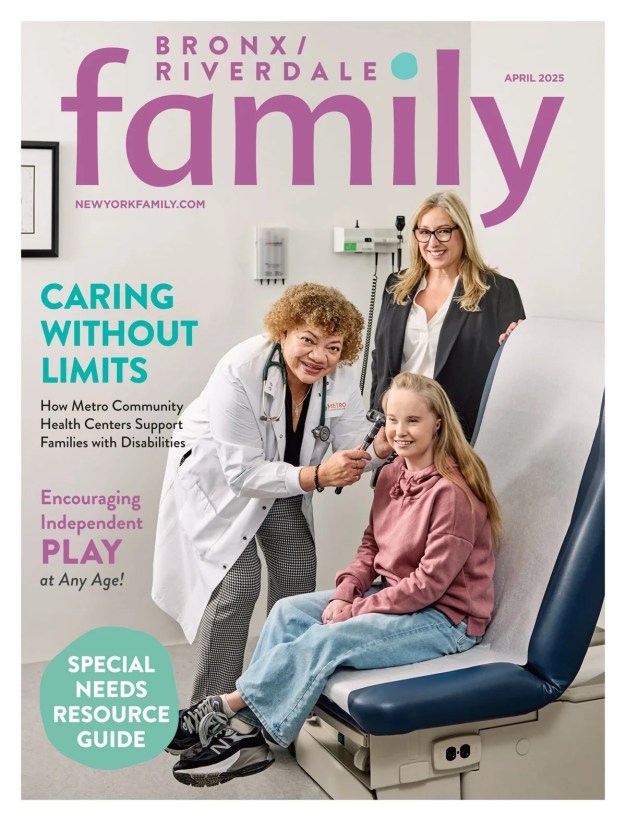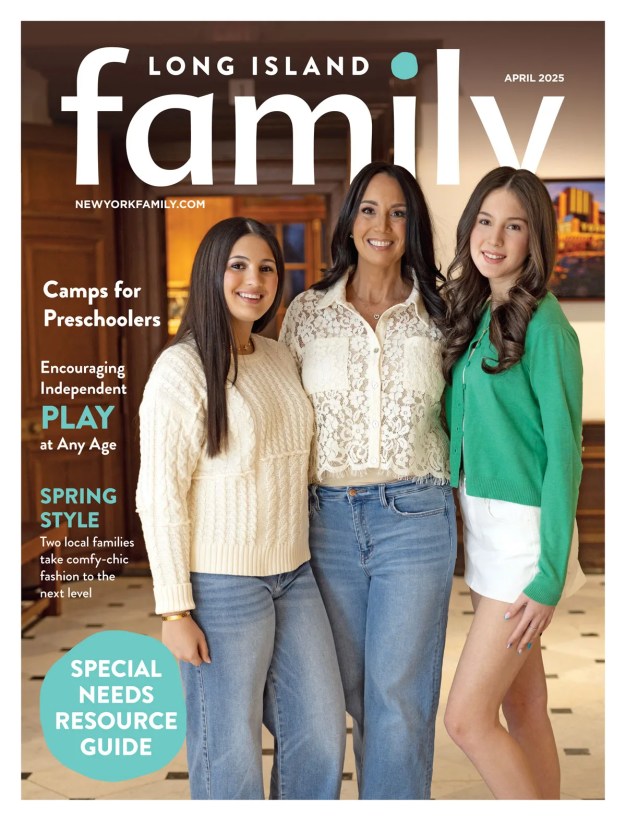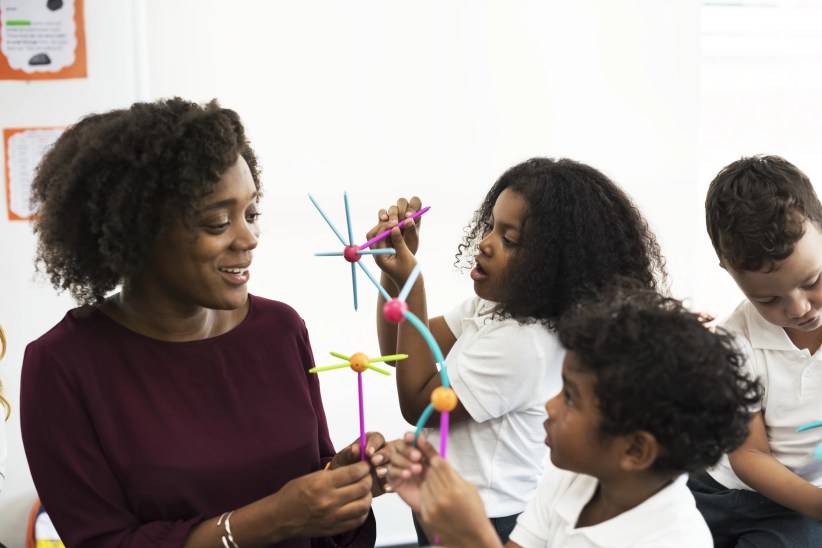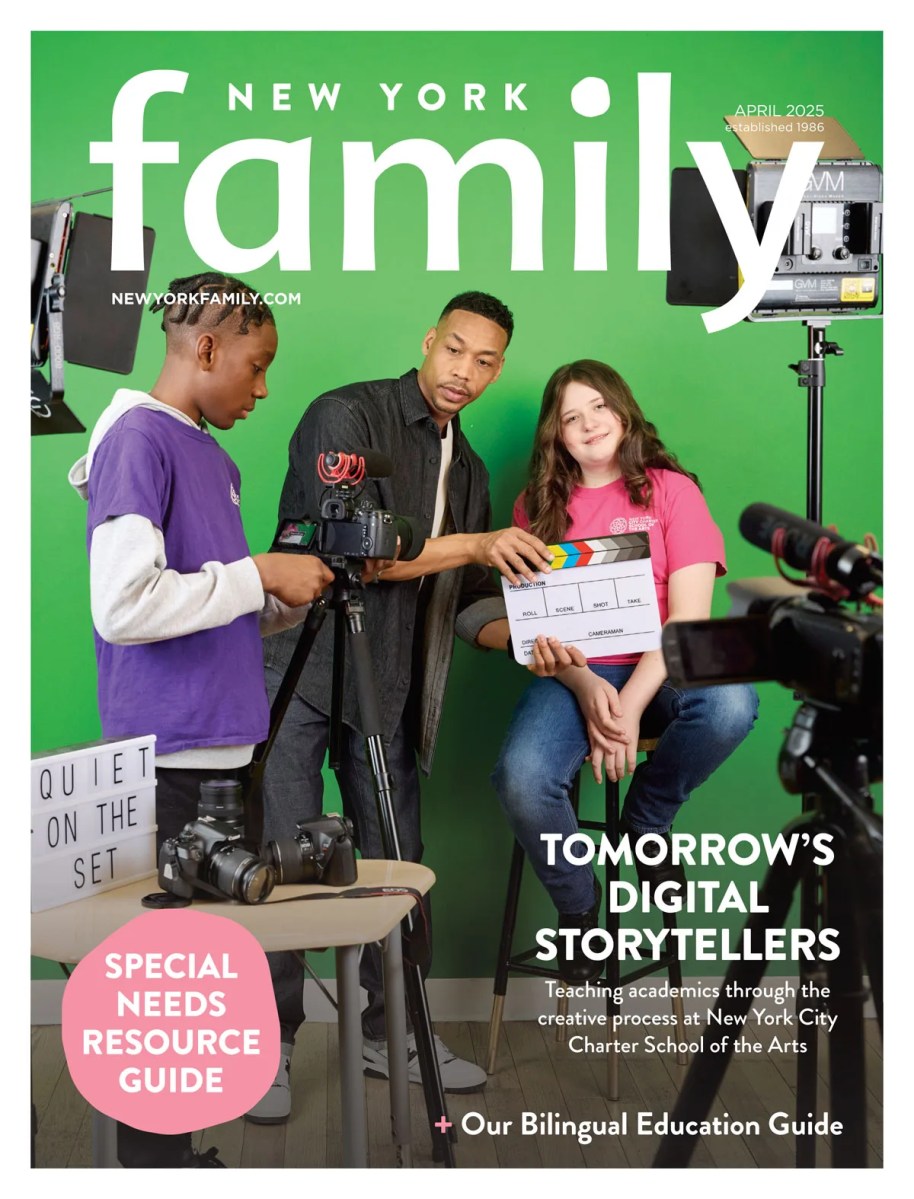
Your child loves playing sports, running outside, watching television, and doing just about anything BUT reading. Yet reading is crucial for language and vocabulary development, and is important for success in school. Help your child learn to enjoy reading with the ideas and tips detailed below.
Find the RIGHT book
Finding the right book is key to luring your child into reading. Talk to him about his favorite television shows and YouTube videos. Then search for books on those topics, like dinosaurs, baseball, fossils, or the like. You might find that he prefers to read magazines, comic books, or internet articles on those topics. Any of those options work as a great start. The key is to help him experience some pleasure in reading—even if it’s in small bits. Eventually, as he finds joy in reading about topics of interest, he will start to read more.
Read daily
Carve out time every day to read with your child, ideally for 20 minutes or more. This may be before bed, right after dinner, or even at breakfast time. You may start by reading to her so she listens and finds joy in the language and content she hears. Eventually you can alternate reading, where perhaps you read two pages and she reads one—then she reads one and you read one, until she begins to do most of the reading while you listen. Make sure you discuss the book with her as you read. Talk about each character (Would you be friends with him or her? If so, why or why not?), make predictions, and discuss previously read chapters before moving onto new ones. The more you can engage her in the text and the more she can relate to the material, the more she will begin to love reading.
Create a comfy reading space
Creating a comfortable, cozy space dedicated to reading can help excite and motivate your child to read. This spot may be a beanbag chair in his room, a flat area under a tree outside, or a cozy couch in the living room. You may even get creative and build a fort out of piles of pillows—then bring a flashlight and sit inside the fort to read together. Make the experience a special one, one your child looks forward to each day. This tradition will help him enjoy reading and find pleasure in spending quality time together.
[gravityform id=”18″ title=”false” description=”false” ajax=”true”]
Model the joy of reading
Try to lead by example for your child. Read in an area where she can see you, like the family room or kitchen table. Talk about your favorite parts of the book you are reading and discuss some interesting or quirky facts about the characters with her. Maybe one of the characters does something different, like eats breakfast for dinner, or wakes up early each day to watch the sun rise. If so, tell your child about it and ask why she thinks the character does that and how she feels about it. If you reach a cliff hanger, tell your child about the sequence of events leading up to it and ask her what she thinks may happen next. Involving your child in the book you are reading and showing her how joyful reading can be will help her find pleasure in her own reading.
Dig deeper
If your child continues to hate reading despite your efforts to make it more fun, he may be facing a deeper academic challenge. Sounding out words or processing information he reads may be difficult for him. If so, speak to his teacher about it and consider having him tested for a possible learning challenge. If he does in fact have a learning disability, there are many interventions, including Orton Gillingham tutoring or other remedial work that may make reading easier for him and thus help him enjoy the task more.
As students progress through school, reading will continue to play an increasingly paramount role. Help your child learn to love reading with these ideas and it may soon be her favorite pastime.
Dr. Emily Levy is the founder of EBL Coaching, a local tutoring program that specializes in one-on-one home and on-site instruction for students in grades pre-K-12. She is also the author of the workbook series Strategies for Study Success and Flags and Stars. To learn more about Emily Levy and EBL Coaching, visit eblcoaching.com!
